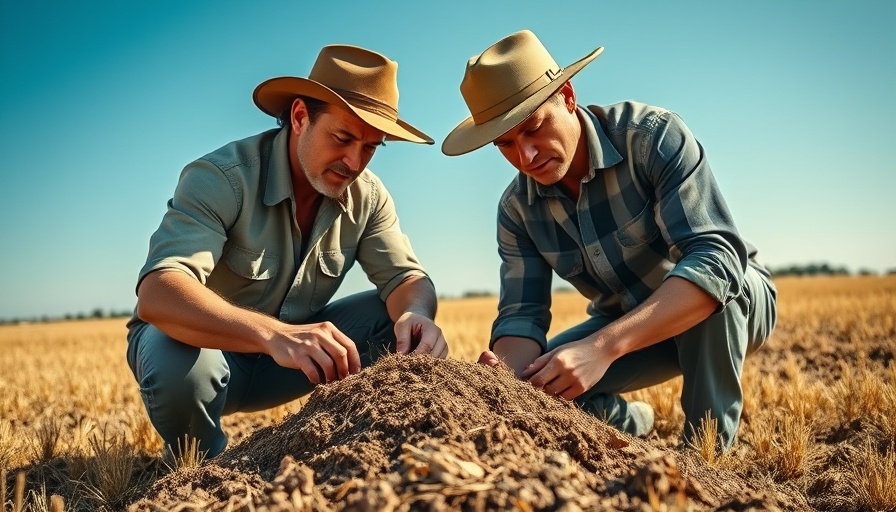
How a $5 Million Credit Facility is Transforming Farming Practices
The agricultural landscape of the Midwest and High Plains is witnessing a remarkable evolution thanks to a $5 million credit facility extended by RSF Social Finance to Mad Capital. This financial support is aimed specifically at aiding farmers transitioning from traditional methods to organic and regenerative farming practices. With the global demand for sustainable farming increasing, such initiatives play a crucial role in reshaping how we approach agriculture. This article will delve into the importance of this credit facility and its implications for farmers, investors, and the environment.
Understanding Regenerative Agriculture: A Shift in Perspective
Regenerative agriculture goes beyond sustainability; it seeks to restore and enhance the health of soil, biodiversity, and ecosystems. Farmers are often driven by profound moral and ecological imperatives, making the switch to regenerative practices not merely an economic decision but a commitment to improving the planet. As highlighted by Christine O'Connor's article, these techniques focus on soil health, crop diversity, and resilience, ultimately fostering an environment where both crops and communities can thrive.
Why Financial Support Matters for Farmers
One of the biggest hurdles facing farmers looking to switch to regenerative practices is the initial financial burden associated with transitioning. Traditional financing options often fall short in accommodating the unique needs of regenerative farming, where the return on investment may take longer to materialize. The RSF credit facility fills this gap, providing farmers with the necessary capital to invest in new practices without the immediate pressure of profitability. This support allows them to focus on long-term ecological health rather than short-term financial returns.
Economic Benefits of Regenerative Practices
Transitioning to regenerative farming not only benefits the environment but also enhances farm viability. Regenerative practices can lead to improved soil fertility, resulting in healthier crops. Moreover, as consumers increasingly seek sustainably produced food, farmers can tap into new markets, potentially commanding higher prices for their products. A deeper understanding of farm economics reveals that investments in regenerative practices can yield significant long-term benefits—not just for farmers, but for the broader economy as well.
An Evolving Investor Landscape
The shift towards regenerative agriculture is also transforming the investor landscape. Individual and business investors looking to make meaningful impacts will find opportunities in funds that support sustainable practices. Investments in regenerative agriculture not only promise potential financial returns but also align with ethical and environmental values, making them increasingly attractive to socially conscious investors. With companies like Mad Capital leading the way, there is a growing recognition of agriculture as a viable avenue for impactful investment.
Looking Ahead: Future Trends in Agricultural Financing
As more farmers and investors recognize the vital importance of regenerative agriculture, financial institutions are likely to adapt their lending strategies. The success of initiatives like the RSF credit facility will serve as a case study, highlighting the viability of alternative financing models in agriculture. We may witness a surge in collaborative funding efforts that prioritize ecological health alongside economic growth, thus redefining what financial sustainability means for farms.
Getting Involved: How You Can Support Regenerative Agriculture
For those passionate about sustainable living and farming, there are numerous ways to support or get involved in regenerative agriculture. Whether it's by choosing to purchase locally produced organic foods, investing in funds that support sustainable practices, or even advocating for policies that prioritize environmentally friendly agricultural methods, every action counts. Committing to a lifestyle that values the interconnectedness of our food systems is a step toward a thriving planet.
In conclusion, as the landscape of farming continues to evolve, the financial support provided through initiatives like Mad Capital’s credit facility is critical. Such investments hold the potential to lay the groundwork for a healthier planet and a more sustainable agricultural system. Let’s engage in the narrative of regenerative agriculture—explore, invest, or advocate for a system that not only feeds us but also nourishes our environment.
 Add Row
Add Row  Add
Add 




Write A Comment